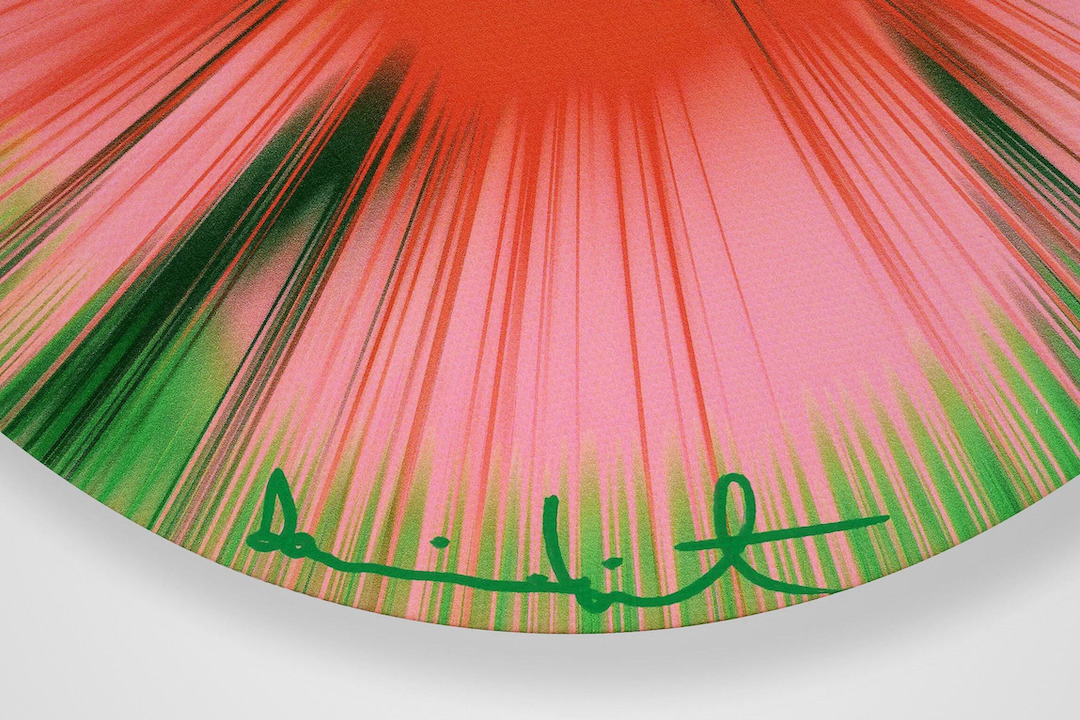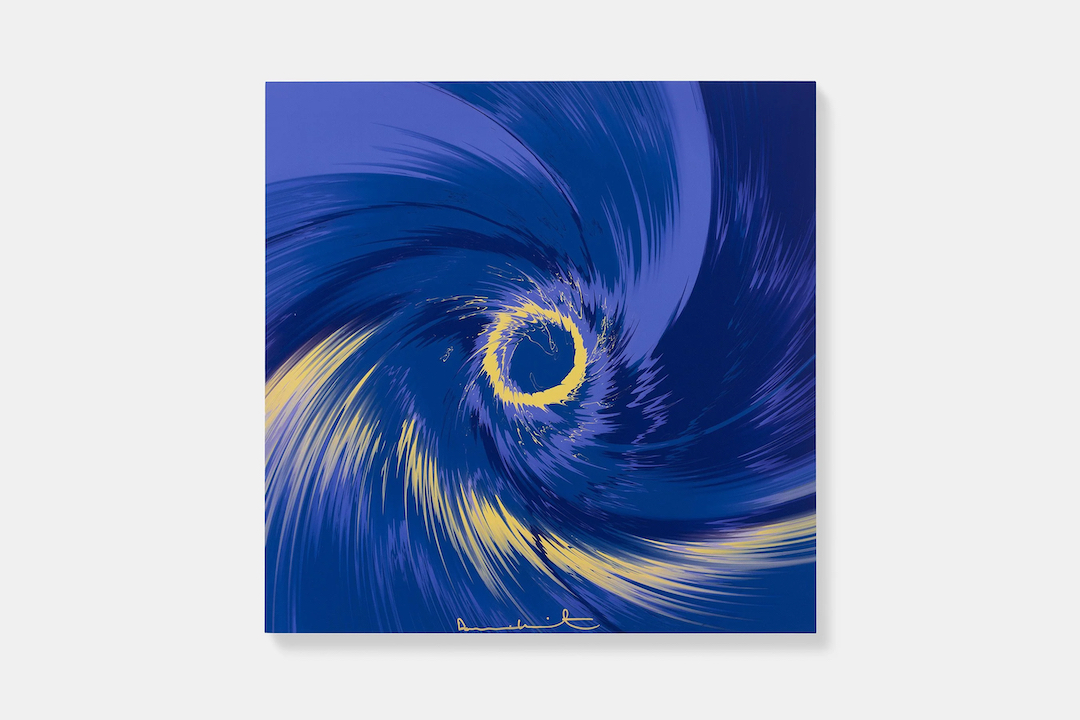Damien Hirst’s AI-Generated ‘Spin Paintings’ Exceed $20 Million In Sales
By Alexa Heah, 24 Apr 2023

Weeks ago, famed artist Damien Hirst unveiled his latest project—The Beautiful Paintings—a spinoff of his 1992 Spin Paintings series in which the artist splashed bright-colored blobs of paint onto a revolving turntable, creating vibrant, one-of-a-kind artworks.
The 2023 reimagination of the pieces took place digitally, where users were invited to use a ‘Spin Generator’ to determine the title, color names, and final look of each exclusive work. Buyers could choose the combination of shades, style, shape, and even the size of the painting.

Now, news has surfaced that during the nine-day sale, which ended on April 10, the artist sold 5,508 paintings in total—of which 5,109 were physical, and 399 were non-fungible tokens (NFTs)—generating an astonishing US$20.9 million in sales.
Interestingly, as per Artnet News, those who bought into the series went for the old adage of “bigger is better,” as the largest size on offer for the squared or circled pieces, measuring 100 cm (39.3 inches) across, brought in over US$11 million of the total revenue.
HENI is delighted to announce the final edition numbers for @hirst_official's #TheBeautifulPaintings.
— HENI (@HENI) April 17, 2023
X-L Circle: 1,463
L Circle: 606
M Circle: 657
S Circle: 1,148
X-L Square: 473
L Square: 224
M Square: 230
S Square: 308
Digital Artworks (NFTs): 399https://t.co/AYjtODeu9N🧵👇
Circles proved more popular than squares, with the spherical artworks being nearly three times more popular than its counterpart. And, despite the initiative being a largely digital experiment, physical paintings still made up the bulk of purchases. Less than 10% opted for NFTs.
Hirst’s previous project, The Currency, tapped into the same topic, as collectors had to choose between a physical and digital version of the same art piece. The remaining iteration of the Spot Paintings would then be destroyed.
This time, however, no artworks were harmed in the making of The Beautiful Paintings. But what does it mean for the art world that physical pieces were significantly more popular than digital ones? Only time will tell.



[via Artnet News and Blockster, images via HENI]





